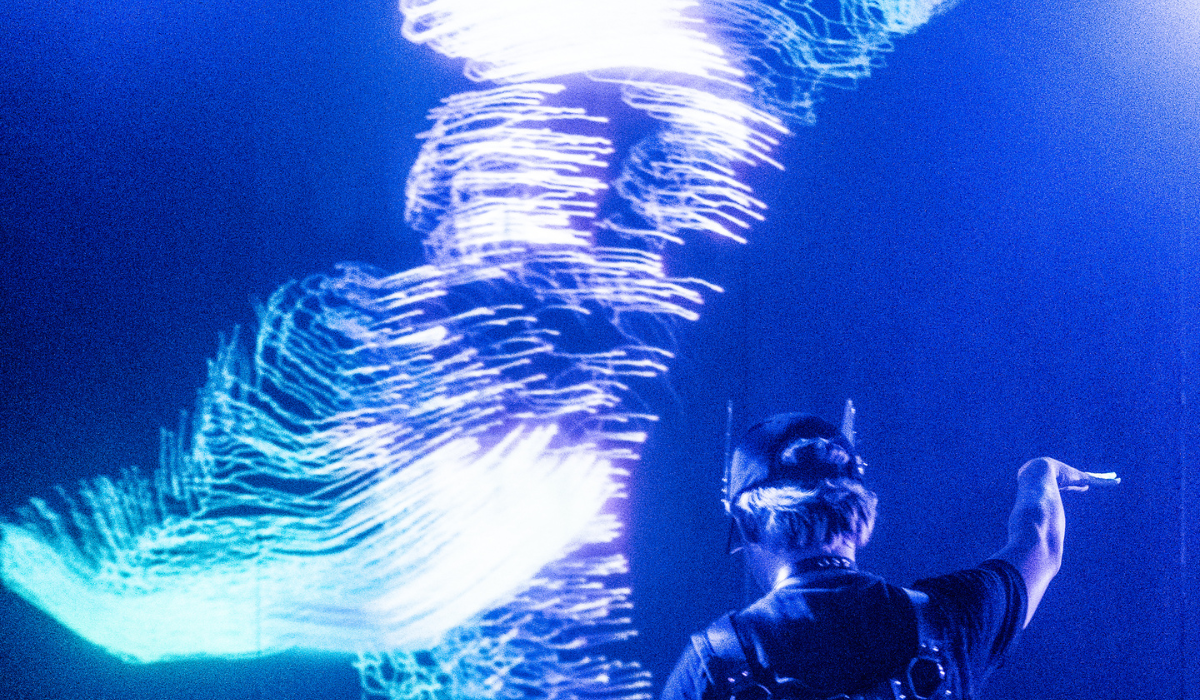Experiential marketing is an innovative approach that allows brands to establish a stronger connection with their audience and encourage active engagement. Nowadays, thanks to technological advancements and the need to share our experiences on social media, creating unforgettable experiences during marketing events is a crucial factor in achieving brand success. This article will explore the world of interactivity in experiential marketing events, exploring how these elements create memorable experiences worth sharing.
The Power of Participation
The main objective of an experiential marketing event is to build strong emotional connections between the brand and the consumer. Unlike traditional advertising, it aims to engage all five senses of the audience with the brand, creating a memorable experience that lasts beyond the event itself. To make an audience have an unforgettable experience, it is important to have interactive elements. These elements can help trigger kinesthetic learning and make the brand and event more memorable. This is because when people are actively engaged, they are more likely to remember the message being conveyed. To achieve this, it is important to transform passive observers into active participants. Here are some elements that contribute to this art of interaction:
1. Immersive Environments: Creating immersive spaces is a great avenue to incentivize interaction. Attendees should feel transported into a world that resonates with the brand’s story. Through clever use of design, lighting, and multimedia elements, experiential events can captivate the senses, encouraging a connection between the audience and the brand. Immersive experiences result in great brand awareness for all the shares on social media and user-generated content created.
![[Tags] The Art of Interaction: Memorable Experiences at Experiential Marketing Events](https://www.go2productions.com/wp-content/uploads/Go2-Productions-Mirage-Projection-Mapping-1.gif) Go2 Productions – Immersive Projection Mapping for Mirage at Metrotown, Canada
Go2 Productions – Immersive Projection Mapping for Mirage at Metrotown, Canada
2. Hands-On Activities: The tactile experience is invaluable. Incorporating hands-on activities allows attendees to interact with products or services directly. Whether it’s a demo, a trial, or a workshop, the opportunity to engage physically enhances the overall event experience.
3. Technological Integration: In the digital age, technology plays a crucial role in interaction. From augmented reality (AR) and virtual reality (VR) to interactive touchscreens, integrating tech elements creates dynamic and engaging encounters that leave a lasting impact and shareability.
4. Personalized Experiences: Tailoring experiences to individual preferences makes attendees feel seen and valued. Personalization can range from interactive displays that respond to user input to customizing product trials based on individual preferences.
5. Social Media Integration: Using social media to your advantage can turn your event attendees into brand ambassadors. You can add fun elements that encourage attendees to share their experiences on social platforms, which will help spread the word about your brand. One great way to do this is by setting up photo booths with branded content and ready-to-share photos. This will help create a sense of community around your brand and get people excited about your event.
![[Tags] The Art of Interaction: Memorable Experiences at Experiential Marketing Events](https://www.go2productions.com/wp-content/uploads/Go2-Productions-Interactive-Video-with-Projection-mapping.gif) Go2 Productions – Interactive Mobile video and photo booth at MSL All-Star Weekend
Go2 Productions – Interactive Mobile video and photo booth at MSL All-Star Weekend
Measuring Success in Experiential Marketing
It is critical to define and measure success metrics. Having clear objectives, such as increasing brand awareness, customer engagement, or conversion rates, enables effective evaluation. Gathering feedback from attendees and analyzing post-event data provides valuable insights that can be used to refine future experiential marketing strategies. If you want to learn more about how to measure your success, we invite you to read our article “’ From Wow to Win: Measuring the ROI of Experiential Campaigns.”
Conclusion:
In conclusion, the art of interaction is the catalyst for creating memories that resonate long after the event concludes. By crafting immersive environments, incorporating hands-on activities, embracing technology, personalizing experiences, and leveraging social media, brands can elevate their events to new heights.
As we navigate the future of marketing, one thing remains clear—the impact of experiential marketing lies in the artful blend of creativity, technology, and genuine human connection. In the world of memorable experiences, interaction is a masterpiece. If you are in need of a creative partner to add interactivity to your next event, contact us, and we will guide you through the creative and production process.


